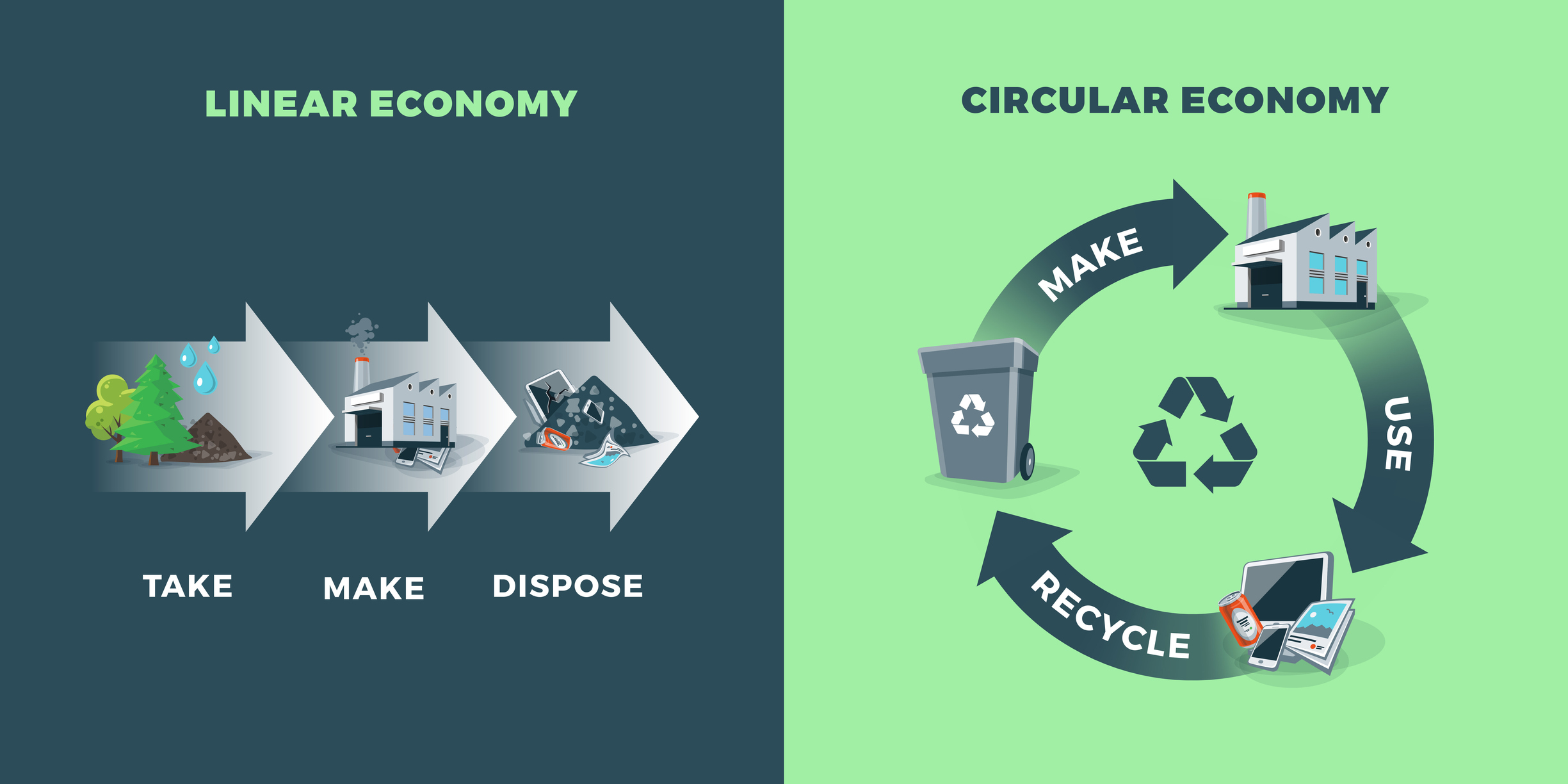The meaning of the circular economy
For the past decade, the expression ‘circular economy’ – with its promise to generate a more sustainable, equitable and just world – has steadily gained international traction. It actually represents an alternative to an ill-managed, extraction-based global economy generating unprecedented changes in the global climate and depleting the world’s natural resources.
Circular economy is relevant to every element of society, culture and economy. Yet, what does it really mean? What are its implications? How profound is its implementation for your organisation – and personal way of life?
Consider this: A recent study compiled and compared 114 definitions of circular economy in order to provide the first quantitative interpretation. The conclusion: Circular economy “means many different things to different people.”
We have the good fortune to cover the issue for our clients, so before you become discouraged or overwhelmed, we can help with some answers.
 Comparing circular and linear economy showing product life cycle. Natural resources are taken to manufacturing. After usage product is recycled or dumped. Waste recycling management concept.
Comparing circular and linear economy showing product life cycle. Natural resources are taken to manufacturing. After usage product is recycled or dumped. Waste recycling management concept.
The meaning of the circular economy
For the past decade, the expression ‘circular economy’ – with its promise to generate a more sustainable, equitable and just world – has steadily gained international traction. It actually represents an alternative to an ill-managed, extraction-based global economy generating unprecedented changes in the global climate and depleting the world’s natural resources.
Circular economy is relevant to every element of society, culture and economy. Yet, what does it really mean? What are its implications? How profound is its implementation for your organisation – and personal way of life?
Consider this: A recent study compiled and compared 114 definitions of circular economy in order to provide the first quantitative interpretation. The conclusion: Circular economy “means many different things to different people.”
We have the good fortune to cover the issue for our clients, so before you become discouraged or overwhelmed, we can help with some answers.
What is the circular economy?
Briefly, the circular economy is “a regenerative economic model.” Its purpose is to examine complex human behaviour and provide insights into a better allocation of resources. It’s holistic, taking into account the energy and materials we use, the ecological limits of our environment, and most important, people’s well-being.
In short, the circular economy seeks to create a system to meet our current needs while respecting the limits of our planet’s resources.
How does the circular economy function?
In this “regenerative system,” consumers and producers work together with policymakers at every level to generate environmental quality, economic prosperity and social equity. How does that happen? With an economic model that aims to retain as much value of products and materials as possible.
To get there involves refurbishing, remanufacturing, best re-use and recycling of the products and materials the world uses. The goal is a world without end-of-life of products and materials, reducing the generation of waste to its absolute minimum.
What does a circular economy strategy look like? We’re glad you asked:
– Waste virtually doesn’t exist. Products are designed to be disassembled and reused or, failing that, recycled. Long-lasting design ensures reduced energy use.
– Products components are categorised either as consumable (returned safely to the biosphere) or durable (designed for reuse and/or recycling).
– The energy required to power industry is renewable.
When is the circular economy arriving?
It’s already here, permeating all sectors of the economy (which is why we at VitalBriefing cover it for our clients). You can find it in the products you consume, from cheese to smartphone, from clothing to the materials used to build your house.
The circular economy goes beyond strategies for reducing, re-using and recycling. It’s about generating an industrial ecosystem where these and many other strategies infuse every stage of products and services. Every day, we find a new company going circular, reducing the waste from its production, and collaborating with other circular-minded companies to create a healthy environment for their business and the world.
A few examples:
Luxembourg’s ArcelorMittal recognised for circular economy initiatives
ArcelorMittal has been recognised by the World Economic Forum for its ambitious circular economy efforts. The global steel group’s initiatives include paving more than 400 miles of Brazilian roadway with a product consisting mainly of waste steel slag, manufacturing a profitable low-carbon cement also from waste slag and pioneering steel re-use in structures. It has been producing steel in Luxembourg from scrap waste rather than primary raw materials for a quarter-century.
New businesses exploit massive seafood waste
With about 40% of all seafood going to waste in an industry that has grown enormously over the past 50 years, new companies are starting to exploit seafood waste by-products in unusual ways. Ideas include applying fish skins as a treatment for burns, using fish scales in solar panel cells, and making salmon jerky from discarded fish meat.
IKEA trialing furniture rental and resale schemes
Having won awards for its efforts to promote circular economy systems, Scandinavian flat-pack furniture giant Ikea is testing rental and buyback schemes in different parts of the world to cut down on waste. In Belgium, customers can re-sell, repair, or return their furniture, while in France and Japan, furniture can be returned to be sold in the store again.
To follow the circular economy more closely, or to have us help you follow the aspects that matter most to you, please contact: clientservice@vitalbriefing.com

